Last fall, a drone illegally soared over a Mets playoff game, hovering above tens of thousands of fans at Citi Field. This incident, coupled with thousands of unmanned aerial vehicles spotted over New York City’s tristate area last winter, underscores a growing concern: the NYPD can track drones but lacks the authority to neutralize potential threats. With over 75,000 drone flights detected this year alone, the department is urging federal officials to grant drone mitigation powers to safeguard the city, according to a New York Daily News report.
The NYPD has recorded a staggering 75,000 drone flights over New York City in 2025, a number expected to climb during summer’s major events. While most drones are harmless, the potential for misuse is alarming.
“If any of those drones had been weaponized and under the control of a nefarious actor, the results could have been devastating,” the NYPD stated.
Globally, drones have been weaponized to drop explosives, fire weapons, or act as blunt-force objects. For instance, Hamas has released videos showing off-the-shelf drones striking vehicles, while drug cartels in Mexico deploy them to attack law enforcement and smuggle fentanyl across borders.
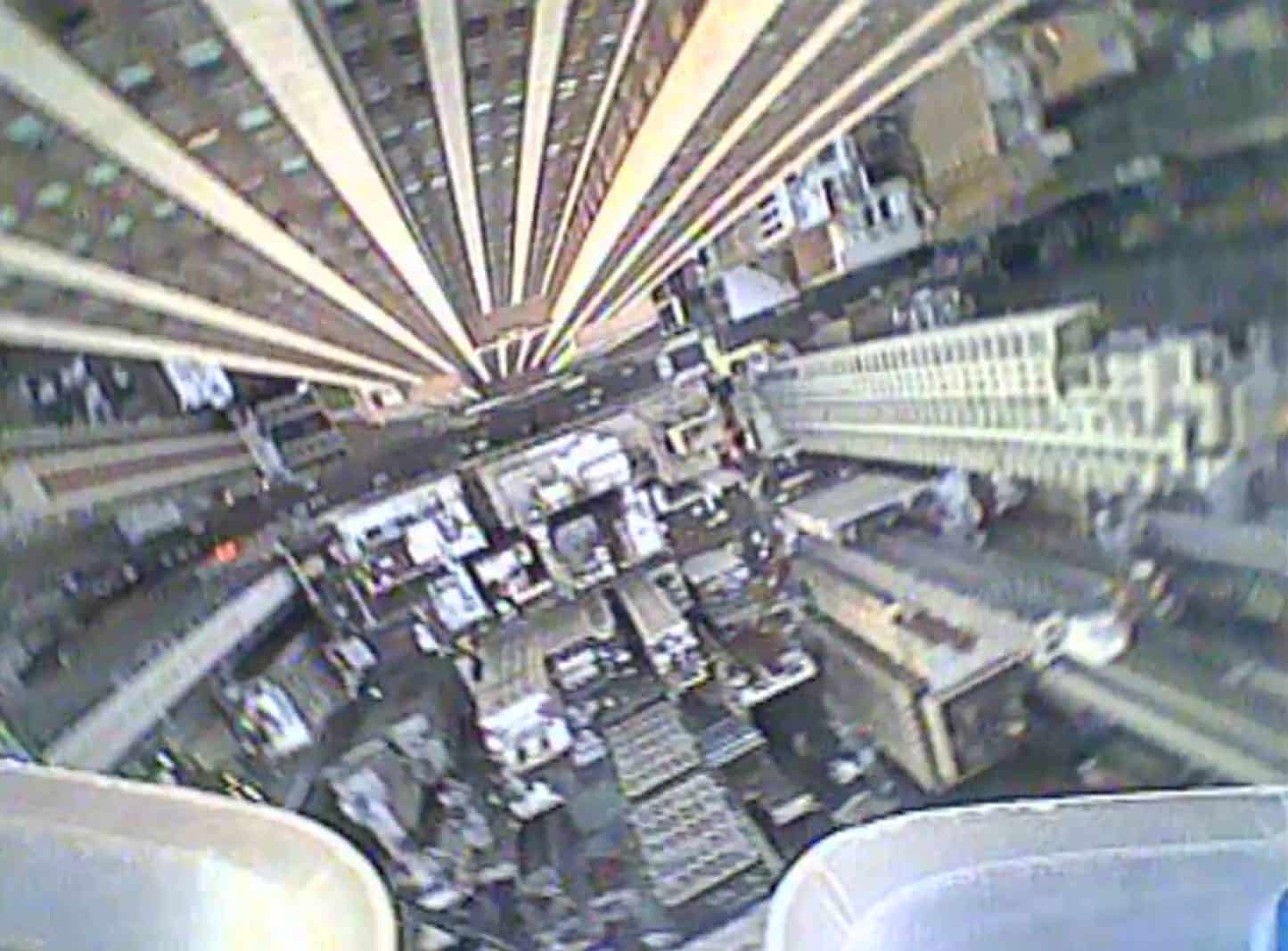
Under current regulations, only select federal agencies can counteract drone threats, and their involvement is limited to major events. This leaves local law enforcement, like the NYPD, unable to act decisively.
“The NYPD needs to be able to move swiftly and decisively to remove any drone threats to our city and our people whenever they might occur,” the department emphasized.
The lack of local authority mirrors the NYPD’s ground operations, where federal support isn’t required to secure events. Granting drone mitigation authority would align aerial security with these established protocols.
The accessibility of drone technology amplifies risks. Commercial drones, costing as little as $500, can be modified with explosives or surveillance tools, guided by online tutorials from extremists and hobbyists. Terrorist propaganda, including a pro-ISIS flyer targeting a Long Island cricket match, has encouraged drone attacks at crowded venues. Meanwhile, the Russia-Ukraine conflict highlights drones’ lethality, with Russia launching 5,438 drones in a single month. These trends underscore the urgency for proactive measures in urban centers like New York, where landmarks and events are prime targets.

The NYPD has a history of leveraging advanced technology, from surveillance cameras to radiation detectors, and has pioneered drone use for public safety since before 2020. Equipping the department with mitigation tools—such as signal jammers or interception drones—could neutralize threats without relying on federal intervention.
“The time for New York City to have its own drone mitigation authority is now,” the NYPD urged.
Federal approval would enable rapid response to rogue drones, protecting citizens and infrastructure.
“Drones are flying overhead — and while the NYPD can track them, we can’t act to mitigate them, even when there’s a clear threat. That has to change. Currently, only a handful of federal agencies have the ability to counteract drone flights, and these agencies are only deployed for a small number of major events. Just as the NYPD doesn’t rely on the federal government to staff and secure major events on the ground, we shouldn’t have to rely on them in the sky. The NYPD needs the federal government to grant us drone mitigation authority — and we need it now.” said Jessica Tisch, Police Commissioner of the City of New York in a post on X.
For recreational and professional drone pilots, NYPD’s proposed authority could introduce stricter oversight, potentially affecting flight permissions near sensitive areas. However, enhanced security measures would benefit the drone industry by fostering public trust. Economically, mitigation technology could create opportunities for local tech firms, with systems costing between $10,000 and $100,000 depending on capabilities. Regulatory changes would also align the U.S. with countries like the UK, where local authorities have limited counter-drone powers.
In June 2025, Louisiana became the first state to authorize local law enforcement to neutralize drones posing credible threats, under the “We Will Act” Act. The law permits trained officers to use kinetic (e.g., physical capture) and non-kinetic (e.g., jamming) methods near schools, events, or infrastructure, with penalties up to $5,000 and one year in jail for violators. “This law puts Louisiana on the front lines of drone defense,” said Governor Jeff Landry. However, this state law may conflict with federal authority, as the FAA governs airspace and considers drones aircraft, prohibiting interference without federal approval, raising constitutional concerns under the Supremacy Clause.
Discover more from DroneXL.co
Subscribe to get the latest posts sent to your email.
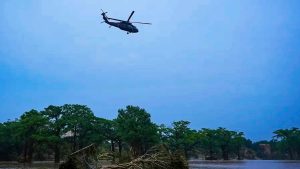
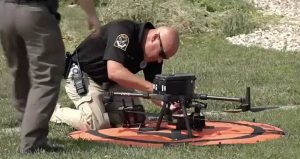
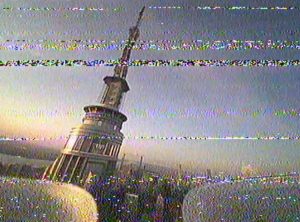
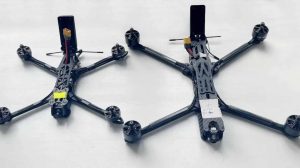
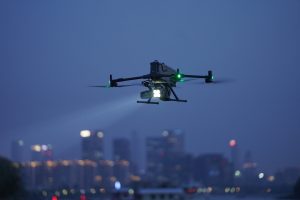
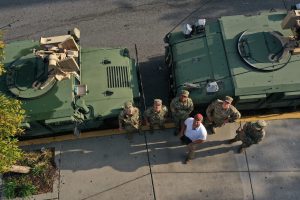
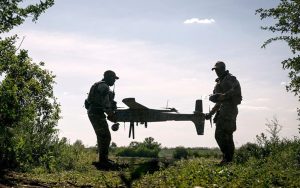
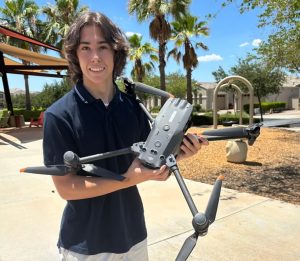
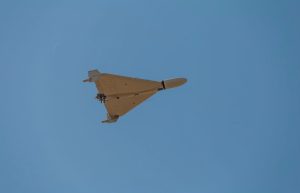
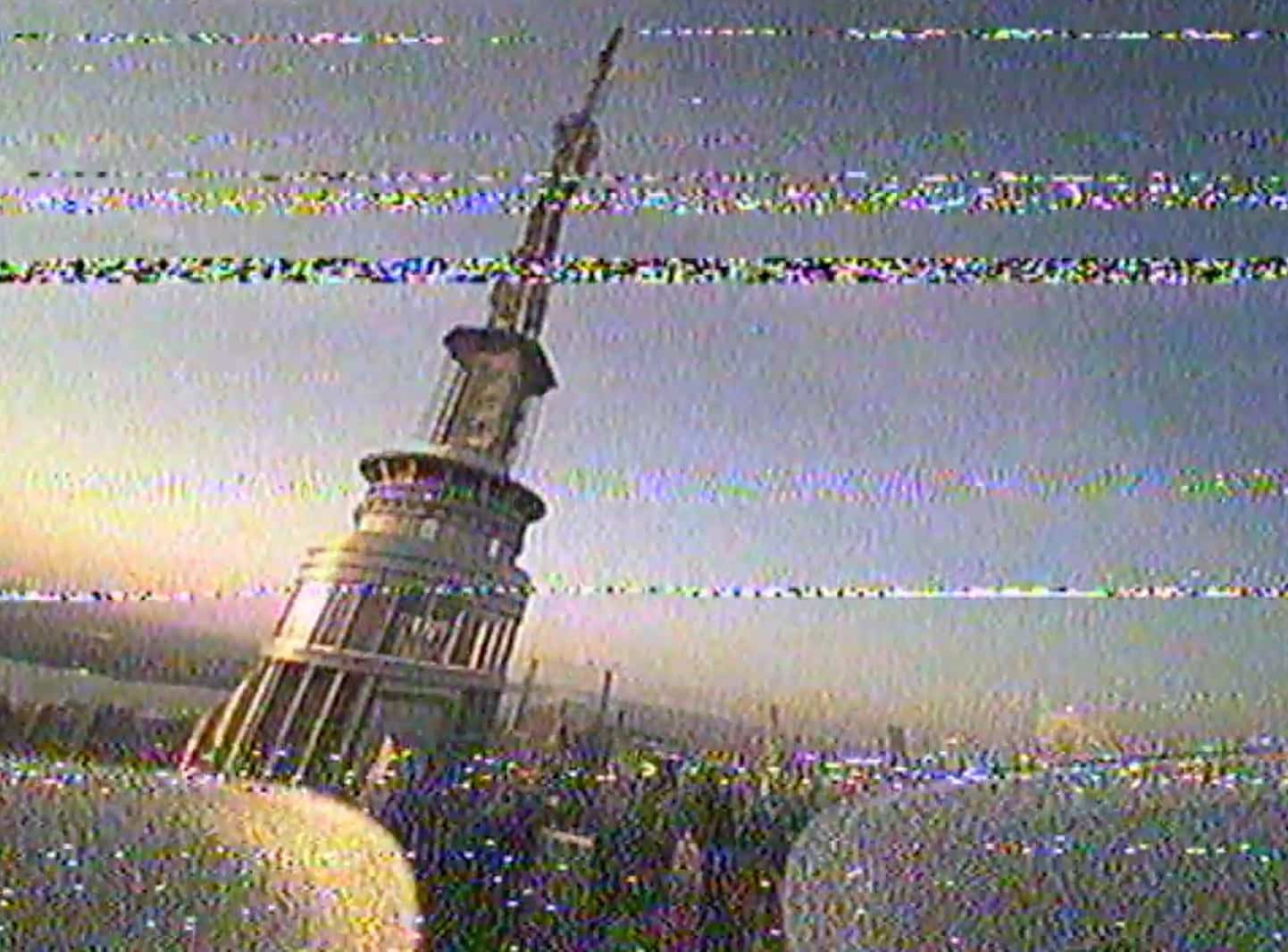
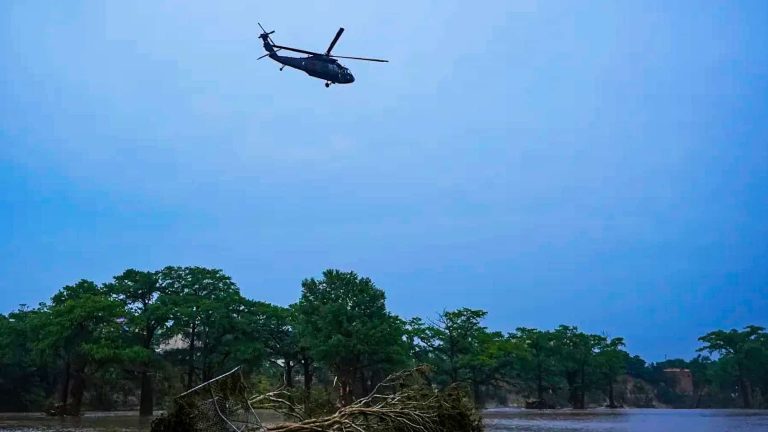
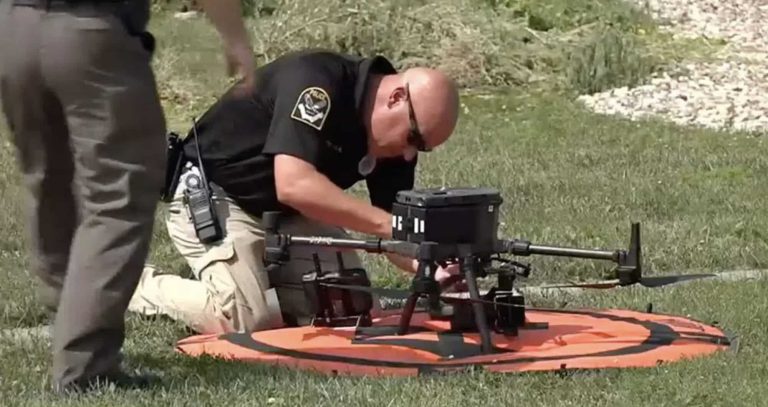
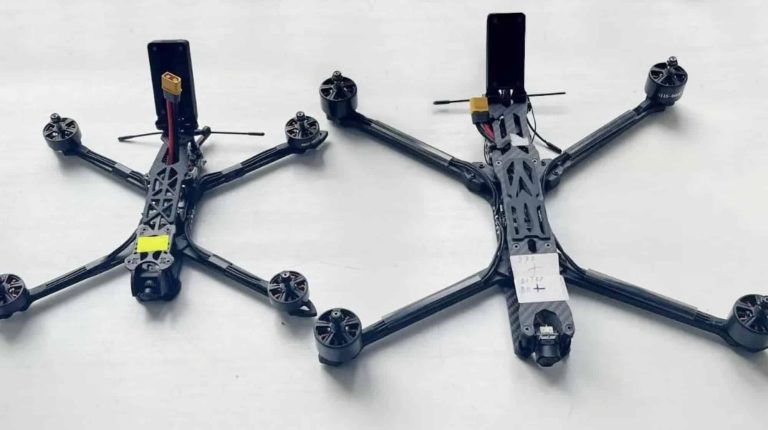
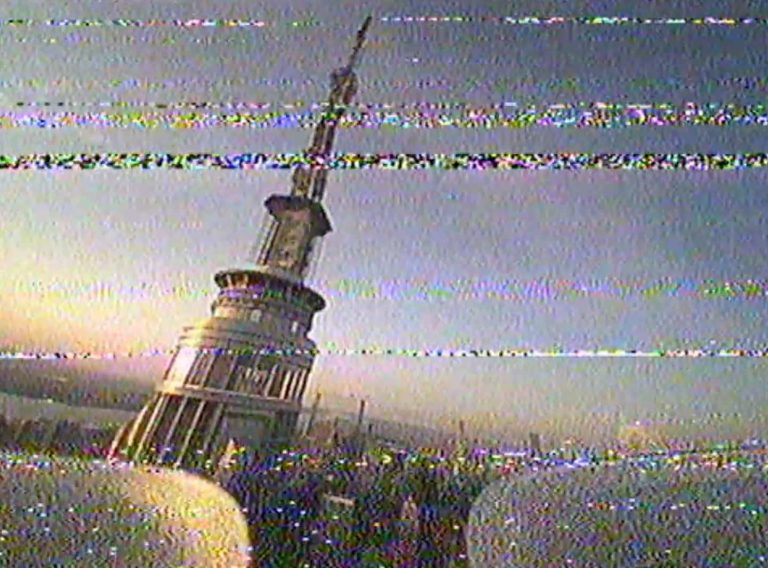
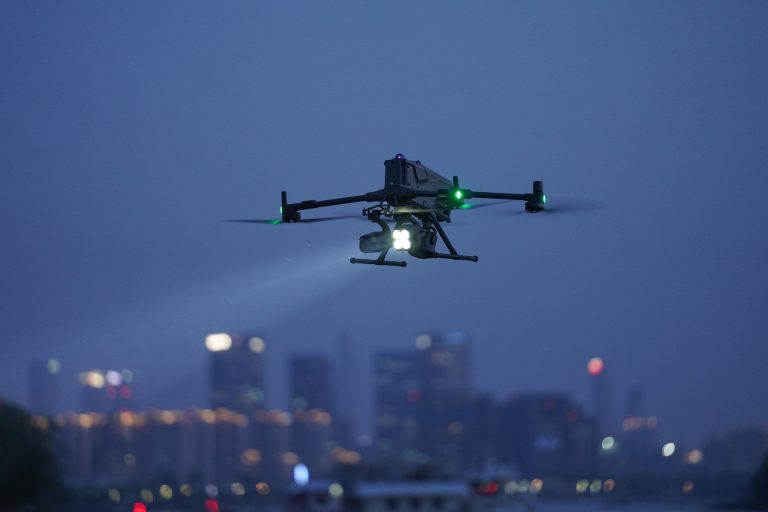
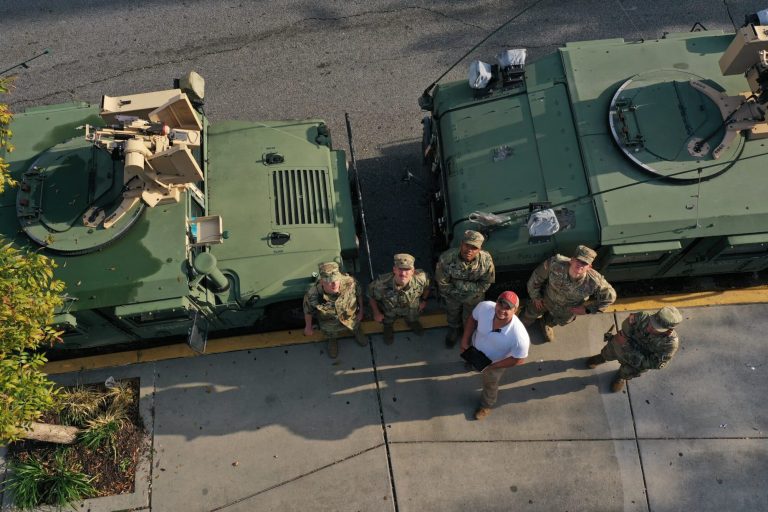
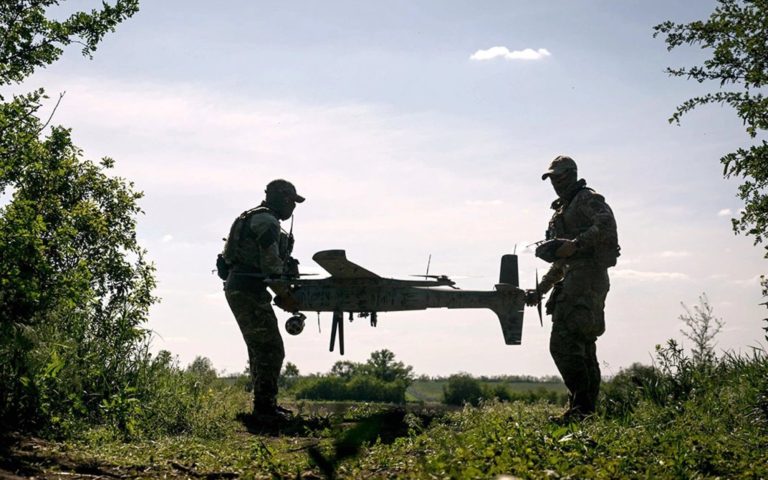
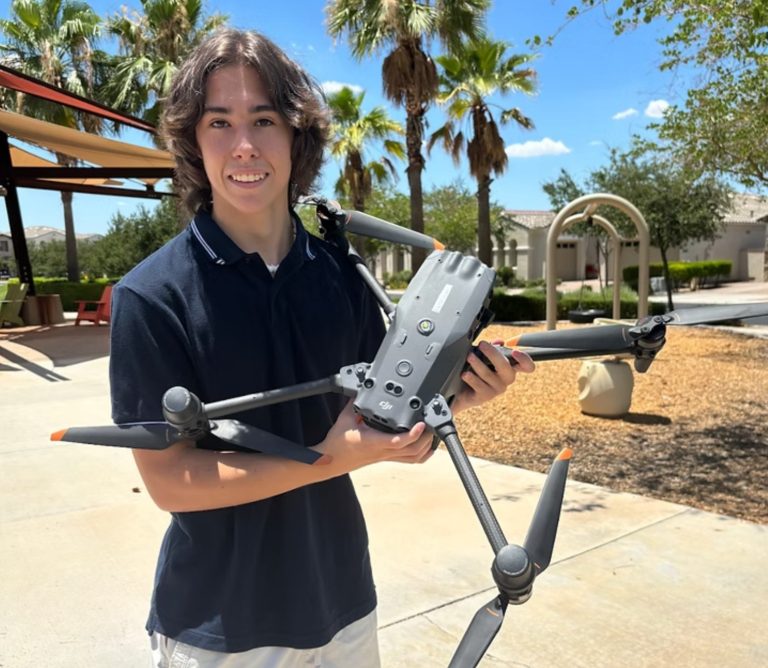
+ There are no comments
Add yours